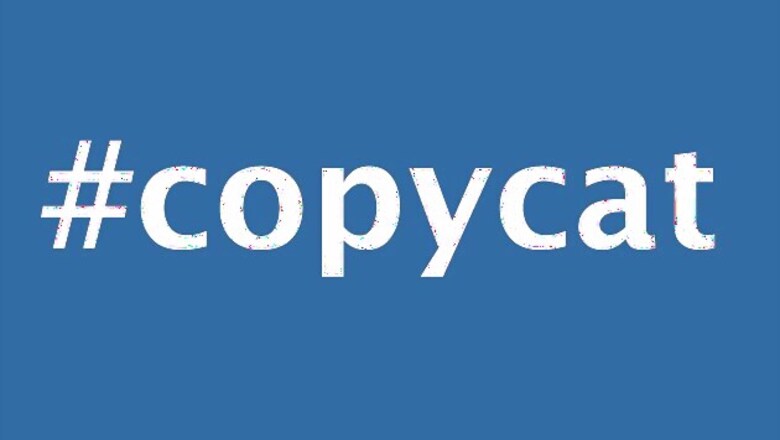
views
New Delhi: Facebook isn't an epitome of originality. Even its origin is mired in controversy. Facebook might be the world's largest social networking service, but it can't pause on innovation in the want to keep its billion plus users hooked. Innovation isn't easy but it is, of course, easier to imitate what others have already implemented successfully.
The latest popular Twitter feature that Facebook has aped is the hashtag. While Twitter users have been on their own using the # symbol as a prefix to a word or phrase to group related tweets for quite some time, Twitter began hyperlinking hashtags from July 2009 and Facebook says it has just began rolling it out.
That blue and white icon with a check mark is a much desired badge on Twitter. So what if even a fake account can flaunt one? It was only last month that Facebook announced its own blue check mark for "authentic accounts of celebrities and other high-profile people and businesses on Facebook." Twitter's verified account feature dates back to 2009. Though unlike Twitter, Facebook will verify authentic identities on its own and users cannot request to have a profile or Page verified.
One big difference between Facebook and Twitter was that Facebook required consent from both users for one to get updates from the other, while on Twitter an one-sided action would suffice. With the 'Subscribe' button, introduced in September 2011 (and renamed to 'Follow' in December 2012) Facebook let its users receive posts from other Facebook users, even from those they are not friends with. Quite like Twitter.
@mentions pre-dates Twitter, but its usage gained popularity with the rise of Twitter. While Twitter added support for @mentions (or @replies or tagging) in May 2008, Facebook's integration came more than a year later in September 2009.
That's not all. Twitter had this feature, where hovering over a username would display an information box with the users' details (Twitter has now changed the action from rollover to click) and this, obviously, found its way into the Facebook user experience.
If you are in the mood for some micro-inspirations, here's one. Twitter no longer asks you to tweet "What are you doing?" (it has switched to "What's happening?" for quite some time now) and when Facebook went for a redesign in August 2008 it added prominence to its status update feature and began asking users, "What are you doing right now?". Note the similarity?
It's not that Twitter didn't seek inspiration elsewhere. It did and continues to do. So does Google+. The problem with this feature aping is that the competing social networks are slowly becoming clones of one another, feature by feature. Soon there might be little to tell them apart from their brand names.


















Comments
0 comment